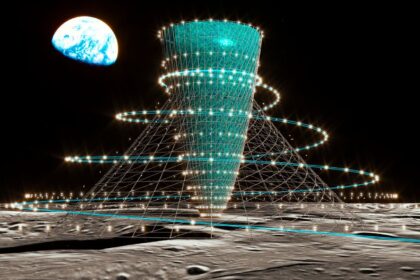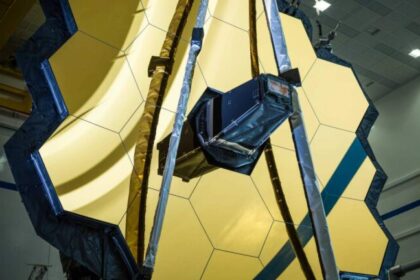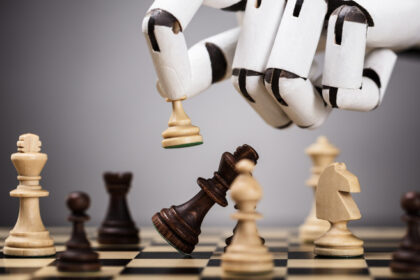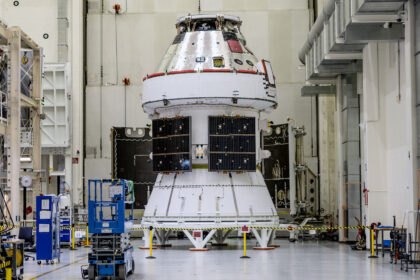There are quite a lot of restrictions placed on what can and cannot be carried by astronauts. This is to ensure that they remain safe when outside the atmosphere of the earth, where things are not exactly working in the same way – including food. This is because many foods that act in certain ways on earth, as well as in a person’s digestive system, can cause problems while in space. This is especially true for certain drinks that we tend to just receive here: Soda.
Although astronauts can be used to drink soft drinks on earth, it is something they must stop when in space mission due to safety problems. You might be able to guess that it has something to do with the carbonation aspect, but what really happens when you carry carbonated drinks into space that makes it not safe for consumption by astronauts?
What soda did in space
In carbonated drinks, gas that forms bubbles in soda is carbon dioxide. So that soda becomes soda, these bubbles must be able to rise to the top of the drink to release the CO2. In order for this to work, the gravitational force is needed for bubbles to appear from a heavier liquid. As NASA explained, in space, the bubbles were even randomly spread through soda, making what was likely to turn into foam.
But space also has an impact on how soda is digested. Usually when we drink soda, carbon dioxide will find a way out of us in the form of burning, and we usually do not drink a lot of gas because it escapes as described above. However, if an astronaut drinks soda in space, they will drink more CO2 because it cannot be separated from the liquid easily. This can cause more burp, which can be difficult in space. As described in Forbes, when a bendawa occurs in space, there are usually some liquids that accompany it because liquids and gas have a more difficult time to separate in space.
Coca-Cola and Pepsi are sent into space
Apart from the fact that soda is usually not permitted in space, there is a time when the two biggest soda brands travel together with astronauts. In 1985, Coca-Cola and Pepsi both created a special “space resistant” that would allow soda to remain functioned when the astronauts drink. Both technologies use plastic bags filled with carbon dioxide to force soda out of the can while keeping carbonated. Four of them were sent into space to the shuttle -Talik Challenger Space, as reported by the Washington Post.
However, this does not stop digestive problems with soft drinks in space. Coca-Cola and Pepsi’s space cans are more a new publisity action than anything, and are not continuously permitted in space missions. However, even though soda is no longer considered a decent room drink, we can say that astronauts have tested soda drinking in space at least once.





